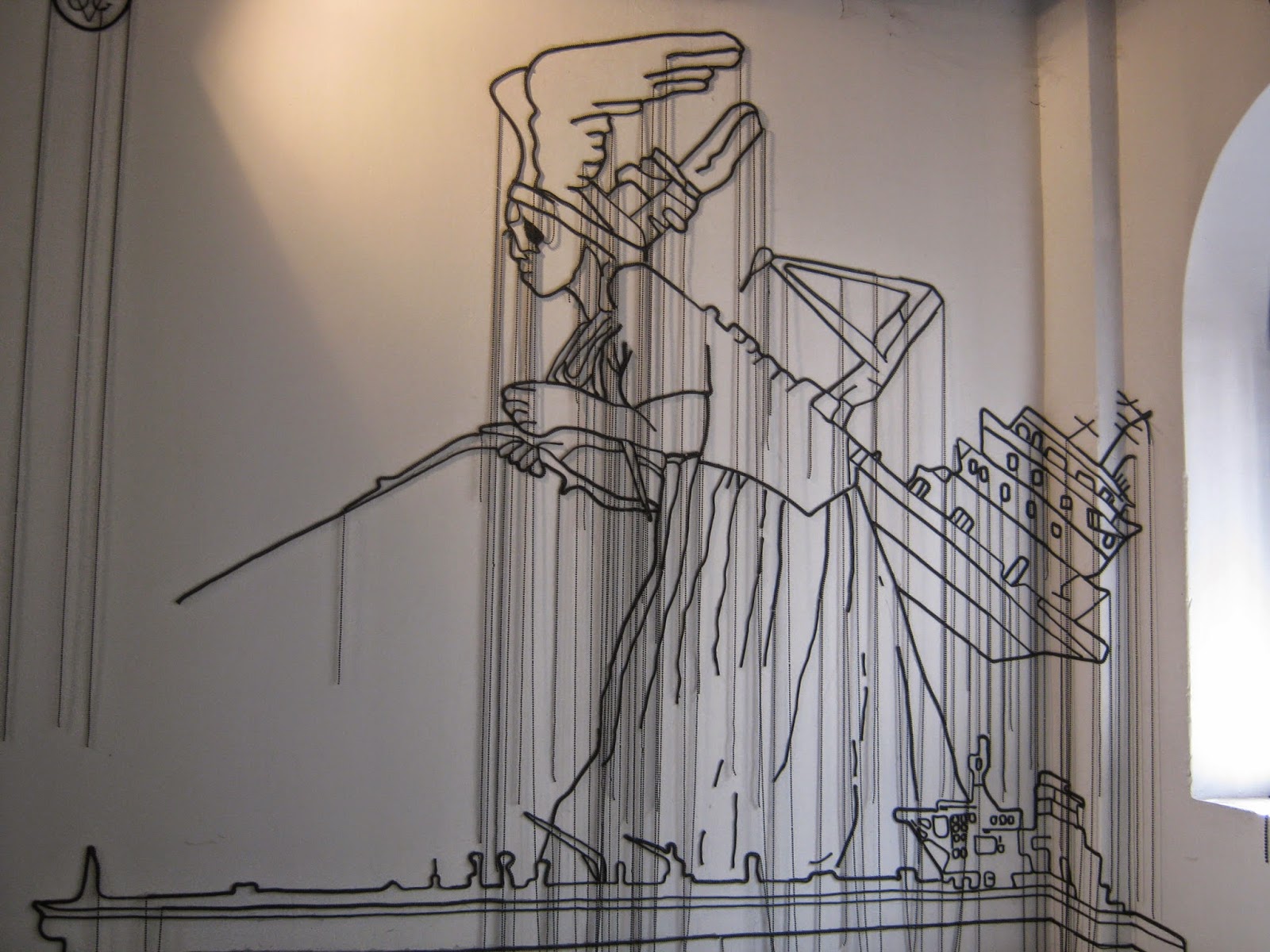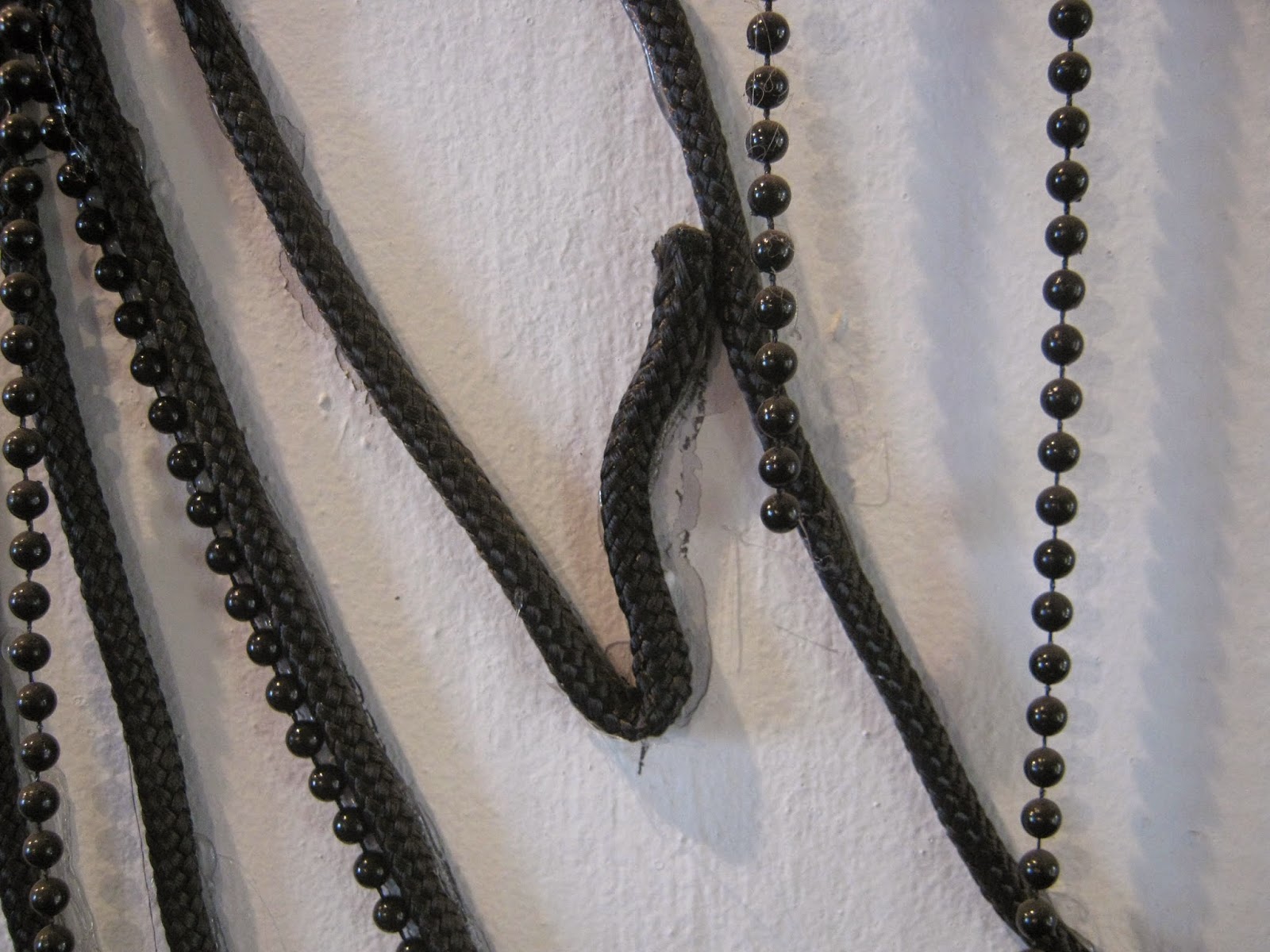Gavi... the magic name that shot to fame after the movie Ordinary came out two years ago. After the "Gavi girl" enumerated the attractions of her home town, everyone wanted to go there. But little did everyone know that the Gavi in the movie is not the real Gavi. The name of the town was chosen for its catchy quality and only one shot was filmed in Gavi!!!
Although we did know this, we still wanted to visit. So where is the real Gavi? It is in the heart of the Periyar Tiger Reserve, which is spread across 305sq.km. of Idukki and Pathanamthitta districts. At one end of this reserve is the famous tourist spot Thekkady. Gavi lies in the interior part of the reserve, in Pathanamthitta district.
How to get there: On the Vandiperiyar-Kumily route, take a right just before the Connemara tea factory and proceed straight to the check post at Vallakkadavu.
There are three ways to travel through the reserve forest:
1. Catch a KSRTC bus that goes this way to Pathanamthitta. This is the most economical way to see the forest - but do note that you are not allowed to alight anywhere except at the bus stop near Gavi unless you plan to travel through to Pathanamthitta. If you plan to get back to Vallakkadavu, you will have to wait till the return trip passes through Gavi again.
2. At Vandiperiyar, get passes to take your own vehicle or a hired jeep into the forest. The cost is Rs. 1000 per head + jeep fare+ vehicle admission fees.Only a limited number is allowed each day, so one has to be bright and early to get this permission. Please note that although you can stop to take pictures of wildlife on the way, you are not supposed to get down from the vehicle. This is called a "package trip" and those who chose this way of sightseeing can use the tourist facilities at Gavi - more about that coming up.
3. The third way, the one we took, is the Forest Department's Jungle Safari bus. You get tickets (275 per person) + an entry fee of Rs.33 per person. The trips are at 6:30 a.m., 10:30 a.m. and 2:30 pm. (Rates and times are subject to change!)
We didn't know about options one and two, so we prepared to go the third route. Accordingly we rose
early on a really brisk morning and left our comfy bed and breakfast in Kuttikkaanam before sunrise. The fog played hide and seek with us, making the sinuous turns a bit difficult to negotiate, but we were in no hurry as we had made a dry run the previous day and were sure about the route and the time we would take (when going in the daytime, allow some extra time for snarly traffic in Vandiperiyar).
We reached with an hour to spare and warmed ourselves with scalding tea from the shop near the check post. The tickets are given out at 6 am. The trip will start only if there are a minimum of at least 8 passengers. The driver and guide were both forest officers.
At 6:30, we started on our journey through the Periyar Tiger Reserve. We wound our way through the forest at a leisurely pace, our guides keeping a sharp lookout for any wildlife that they could show us. As we plunged into the interior, the forest resolved itself into grasslands on one side and steep ravines and tall trees on the other. Wildlife sighting was a lottery. Although the preserve contains tigers, elephants etc. they are not always to be seen. We were lucky enough to catch some small fry like some forest fowl, some simians, a wild buffalo and a family of squirrels

At some places the forest resembled a well-cared for estate rather than a forest: the fire line being cleared by laborers, the various points at which forest offices could be found and the smooth road probably contributed to that illusion. There were a lot of eucalyptus trees to be found as well. Then the forest officers explained that the area was under the ownership of a paper company before being declared a part of reserve forest and they had been responsible for the destruction of indigenous trees to plant eucalyptus for their industry. Once it was declared to be a forest, no trees could be cut, so the eucalyptus stayed.
But there were also areas of thick, impenetrable vegetation with the elephants' favorite bamboo varieties in abundance. And sure enough, we came across signs that an elephant herd had passed across the road at several points because they had strewn the paths with bits of bamboo and dung. To tell you the truth, I was actually happier that we saw only the signs and not the herd itself - I hate being terrorized on an empty stomach (especially after
this incident). Besides, we'd had our fill of the pachyderm family at Konni the previous day - more on that in another post!
The road wound gently up hill till all of a sudden, the vegetation changed and we saw just grass-covered hills all around. We stopped here and our guides informed us that this was the spot where the "accident" scene of Ordinary - the only scene in actual Gavi - was shot:
And then the verdant hills around:
Soon we came to the center of Gavi, which has a small dam, a tiny park with paddle boats and a few resort cottages. The park and restaurant are only for the "package" customers. A few glimpses:
The park:
Gavi has a little piece of interesting history behind it. During the 1970s, a large group of Srilankan Tamil refugees were given land in Gavi and they started cultivating cardamom. But with the inclusion of Gavi in the Reserve forest, they could no longer use pesticides or chemical fertilizers - as a result of which the farming became unprofitable. They worked out a plan with the government to allow most of their farmland to be turned back into forest while they got exclusive rights to provide tourist facilities in Gavi - so the park, cottages and restaurant are their main source of revenue now.
We were dropped at the dam to walk around and take pictures. Since we were not "package" customers, we walked past the park and restaurant and climbed aboard our bus once again to travel a few hundred meters to our last point...
That is the Gavi post office and a Kudumbashree restaurant. Despite the modest appearance, we had some lovely soft idlis for breakfast and got back into our bus for the return trip.
I must mention this, the forest guards who came with us on the trip - Vijeesh and Aby - were both very well-informed and helpful. DH and I pestered them constantly with our questions, but they never once lost patience and answered our questions in detail. They are not loquacious like tourist guides, but we could plainly see that they love their job and take it seriously. During the trip, they were also keeping an eye on the trippers who came with their own vehicles, alerting other officers on the way if the tourists were showing signs of lingering, getting out or planning to stop and have a liquor party.
Here they are with our kiddos (Vijeesh on the left and Aby on the right) after we got back at 9:30.
We lingered a while longer to use the restrooms and to see the tiny museum in the check post vicinity.
All in all, it was a very refreshing trip and we got to fill our senses with the wonders of the forest and our minds with some choice bits of information. Our guides did say that more sightings of the wild denizens of the jungle were to be had after a dry spell, when they would congregate at their watering holes near the road. This rainy season having been plentiful and extensive, the animals had plenty of water sources in the interiors and didn't need to come down to where the humans hurtle by in smelly, roaring contraptions. We also saw a few members of one of the three tribes of the forest: the Malampandarams - a nomadic tribe that makes their living by collecting honey and other forest products.
It was really worth sacrificing a couple of hours of vacation sleep on a cold December morning to visit Gavi. Hope you get a chance to go too! And keep a lookout for the tigers that could sometimes cross your path!!!

















































